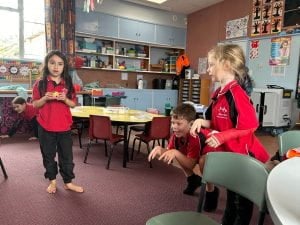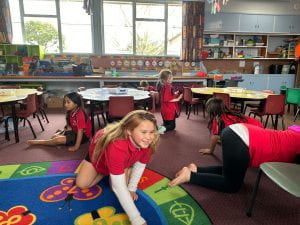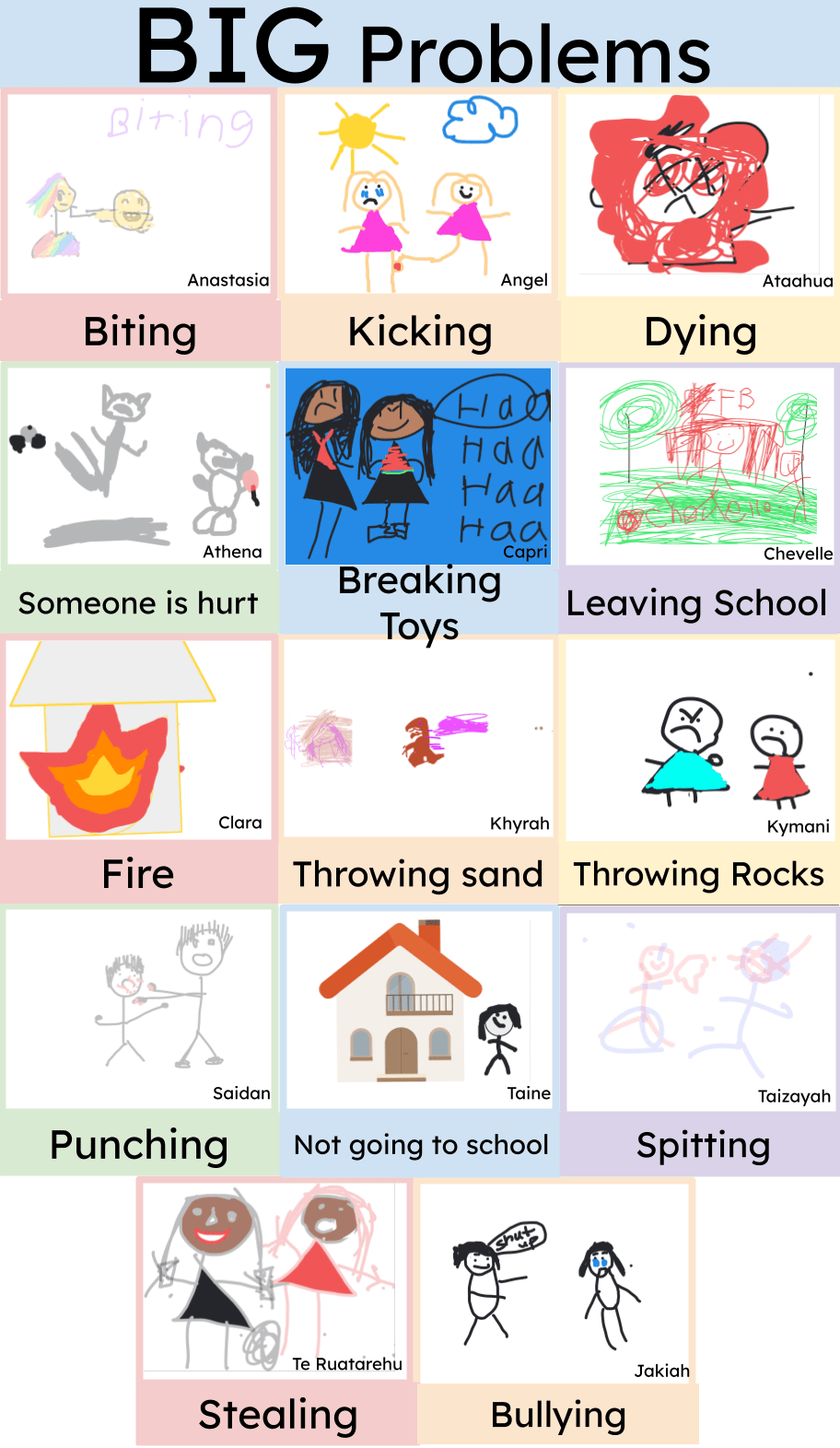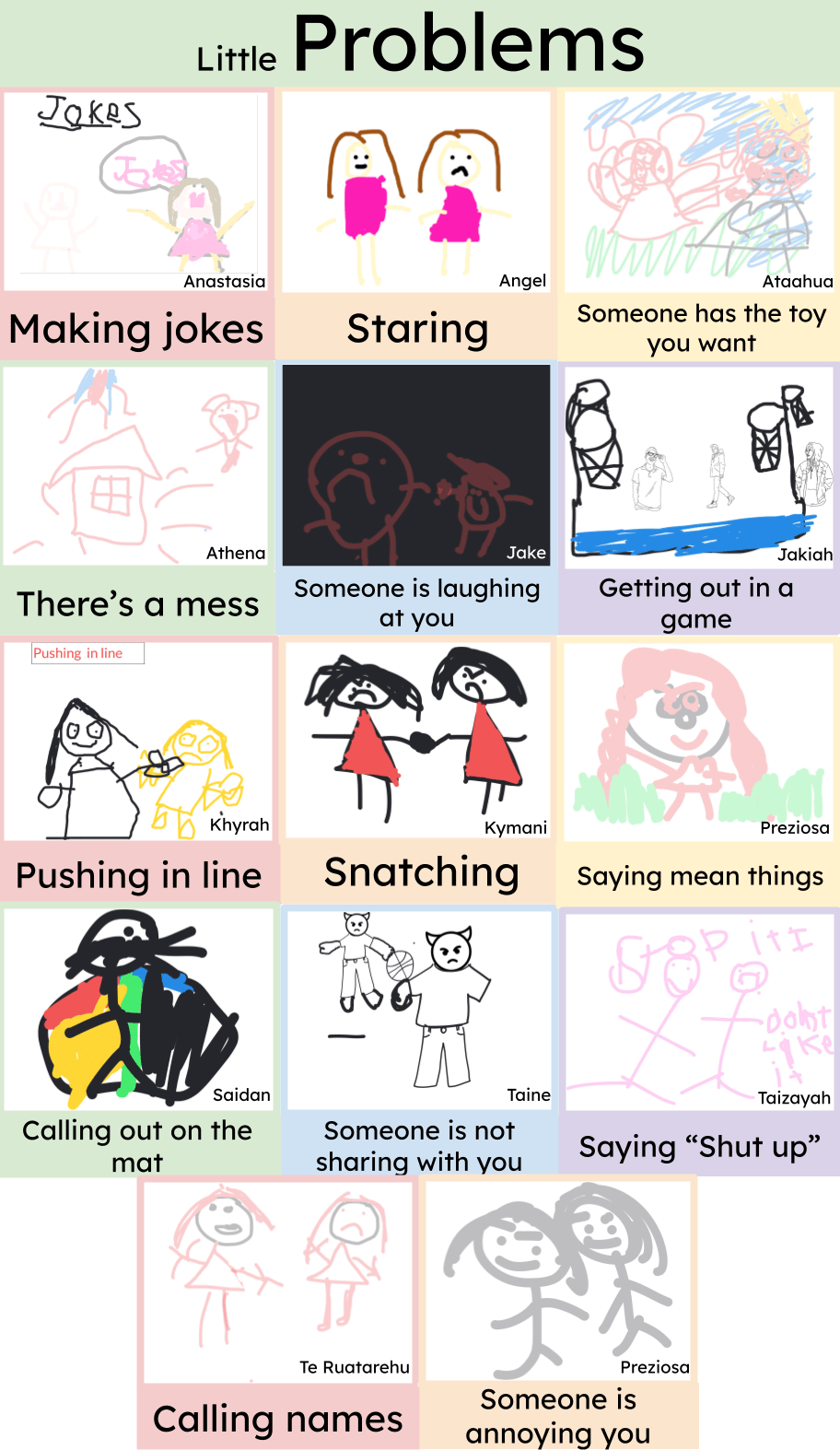We have been learning how to compare versions of Pūrakau and retell the story with all the main points.
First, we read one version of the Māori Creation Story. We then re-ordered pictures of the six main events of the story and glued one on each page of our writing book. The next day we labeled the pictures with who was in the picture and what they were doing. On the third day we started to write our story using the labels to help us remember what was happening. On the fourth day, we read a different version of the story and then filled in this Venn diagram together to compare what was the same and what was different. This gave us a chance to check we have all the important information that was the same in each story.

On the fifth day, we drew a picture to publish our stories and made it into a book for our class library. We then decided to share them here.
What do you think? Did we include all the main points of the story?
We are thinking of trying this again with a different story. Do you have a favourite story that might have different versions of them?




